
Photo: Francois Flamand / DPPI
The double win by David Vidales in his first Formula Renault Eurocup weekend at Imola is arguably the most impressive single-seater racing debut in recent history.
Three times a runner-up in CIK-FIA international karting events, the 18-year-old Spaniard has had to wait for his car racing break, having first tried out for the Ferrari Driver Academy in Formula 4 machinery four years ago.
Following a late switch to Formula Renault from the Formula Regional European Championship and missing the first round at Monza, Vidales grasped his opportunity at Imola, making the most of the quick package provided by JD Motorsport. Just as impressive as his speed was how he handled race starts, restarts and pace management under the pressure of a race weekend.
It got Formula Scout thinking about the best single-seater debut weekends this century, and we’ve picked out 10 of them below.
It’s difficult to find anybody besides Vidales who’s won in a proper Formula Renault championship (at the main two-litre level) in Europe on their first weekend in a single-seater: Ben Barnicoat won an Autumn Cup at Rockingham in 2013 in a field of of six cars, while Antonio Fuoco’s debut Formula Renault Alps win earlier that year was preceded by outings in the PanamGP Winter Series, just as Max Verstappen and Lance Stroll made their debuts in the Florida Winter Series a year later.
That proves how difficult Formula Renault has been for direct graduates of karting to get to grips with, and we begin our list with a driver that did at least come close to a debut win.
Jules Bianchi
French Formula Renault 2007 (Nogaro)
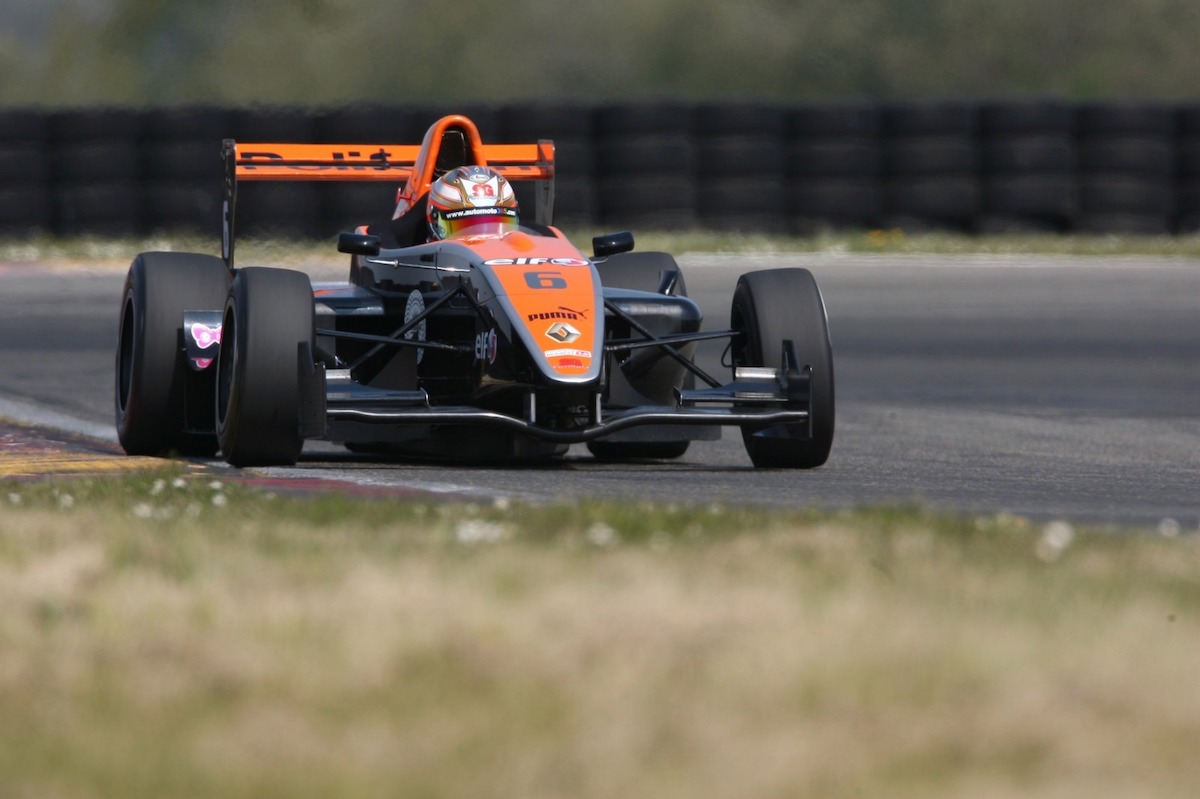
Photo: DPPI / Renault Sport
Spotted in karting by Nicolas Todt, a 17-year-old Bianchi was placed in Formula Renault 2.0 in his native France for his first season of single-seaters with the SG Formula team. In the first round at Nogaro, he couldn’t pick up a win, with both races going instead to the more experienced Matthieu Arzeno. But Bianchi missed pole for the first race by less than a tenth of a second, then finished just over a second adrift of Arzeno in race one, and seven seconds clear of third-placed Tristan Vautier. In race two he finished third and set the fastest lap. Bianchi then dominated the following round at Ledenon to take a championship lead he wouldn’t surrender.
Incidentally, his second and third places on debut were a repeat of what Edoardo Mortara had achieved in the possibly more-competitive Italian championship at Mugello a year earlier. When Bianchi stepped up to the F3 Euro Series for 2008, Mortara edged Bianchi by by 2.5 points to be championship runner-up behind Nico Hulkenberg.
Nico Hulkenberg
Formula BMW ADAC 2005 (Hockenheim)

Photo: BMW AG
He’s stepped away from Formula 1 with the unwanted record of the most starts without a podium finish, but Hulkenberg still possesses one of the most impressive junior single-seater records of the 21st century. His reputation was one built not only through his A1 Grand Prix, Euro F3 and GP2 titles, but also by winning the Formula BMW series in Germany as a rookie.
Over the season, Josef Kaufmann Racing’s Hulkenberg was pushed closely by Mucke Motorsport’s second-year Red Bull junior Sebastien Buemi – with just five points between them at season’s end. But Hulkenberg had made the better start as a single-seater novice in round one at Hockenheim. He won the first race from pole position ahead of Buemi, then claimed race two from second on the grid, setting the fastest lap as he finished four seconds clear of his future F1 team-mate Sergio Perez.
Marcus Ericsson
Formula BMW UK 2007 (Brands Hatch)
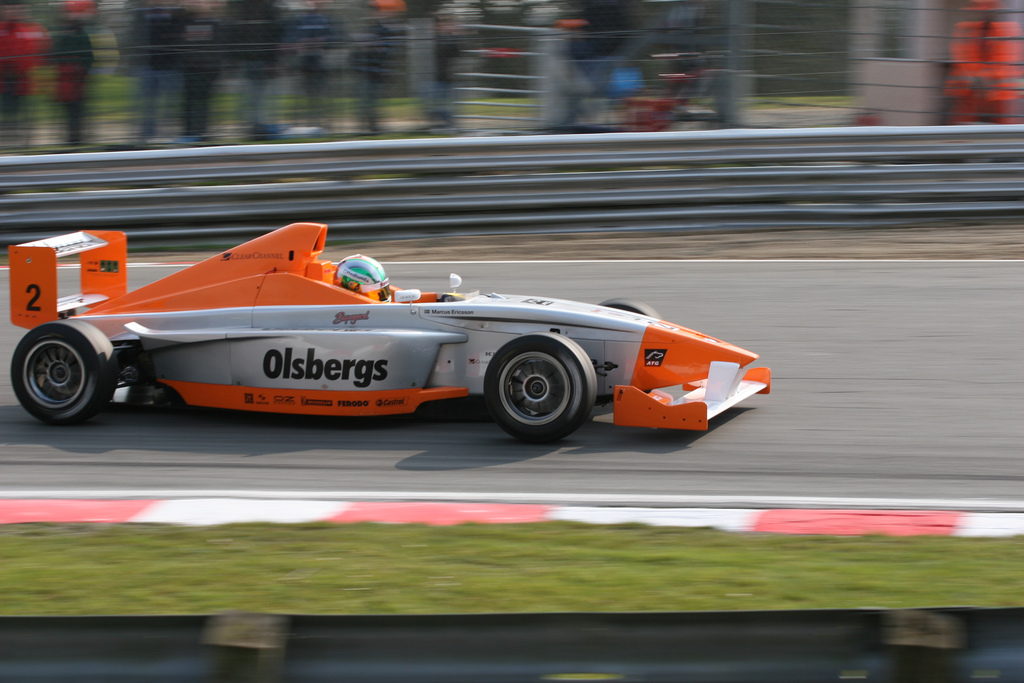
Photo: ChristianB_7
Ericsson might have got some stick as an F1 driver, but he had begun his single-seater debut as a very serious prospect indeed. As a karter in his native Sweden, he picked up backing from Indianapolis 500 winner Kenny Brack, who secured Ericsson a drive in Formula BMW UK with Fortec Motorsports for 2007. Ericsson’s aim was to try to win by the end of the season, but after finishing third in the first race at Brands Hatch, he qualified on pole for race two and won it by some five seconds despite losing the lead to Henry Surtees at the start.
Brack might have been a little biased, but he described Ericsson as “the best young talent” he had ever seen. Over the rest of the year, his protege lived up to that, defeating Josef Kral to win the championship with a spate of late victories. The two rivals would be reunited as GP2 team-mates just a couple of years later.
Richard Bradley
Formula BMW Pacific 2010 (Sepang)
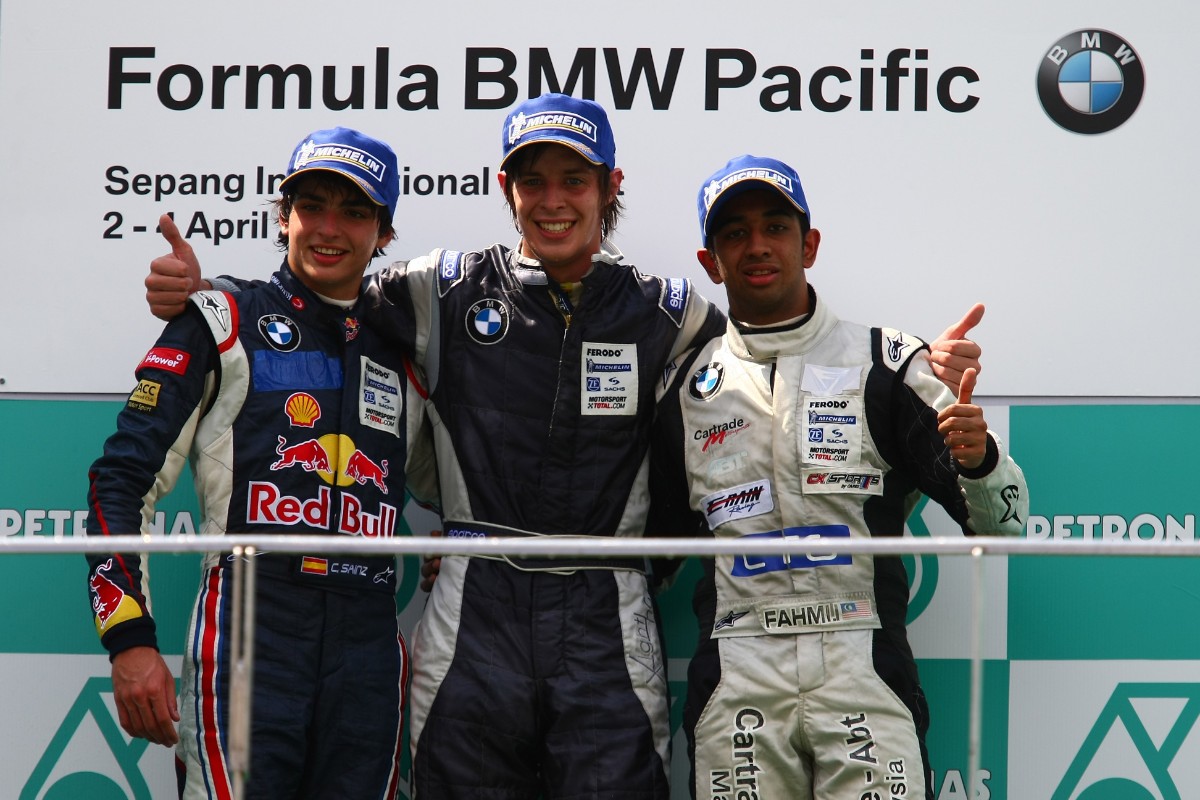
Photo: BMW AG
Asia’s Formula BMW equivalent might not have been as prestigious as its European counterparts, and Bradley never even got close to F1, but two of the drivers he beat convincingly on his single-seater debut certainly did. After Red Bull signed Carlos Sainz Jr and Daniil Kvyat to its junior team for an assault on FBMW Europe with Eurointernational in 2010, it took them along to the Malaysian Grand Prix in April for a bit of early practice.
The two young bulls must have fancied their chances of a win on their car racing debuts, but so clearly did British karter Bradley, who had headed east and picked up a racing licence from Singapore for his step into single-seaters with Eurasia Motorsport. The 18-year-old beat Sainz to pole position by nearly half a second and then opened up a four-second advantage during the 10-lap race, setting the fastest lap in the process. It was a similar story in race two, with Sainz actually slipping to fourth place at the end and finishing just ahead of Kvyat.
Sainz and Kvyat returned to Sepang for revenge a month later, splitting the wins between them in a quadruple-header, but Bradley also went on to defeat Sainz once more for a win on his adopted streets of Singapore. He also claimed the championship – ahead of 14-year-old Oscar Tunjo – and later raced in Super Formula in 2013 before forging a successful sportscar career.
Raffaele Marciello
Italian Formula Abarth 2010 (Misano)
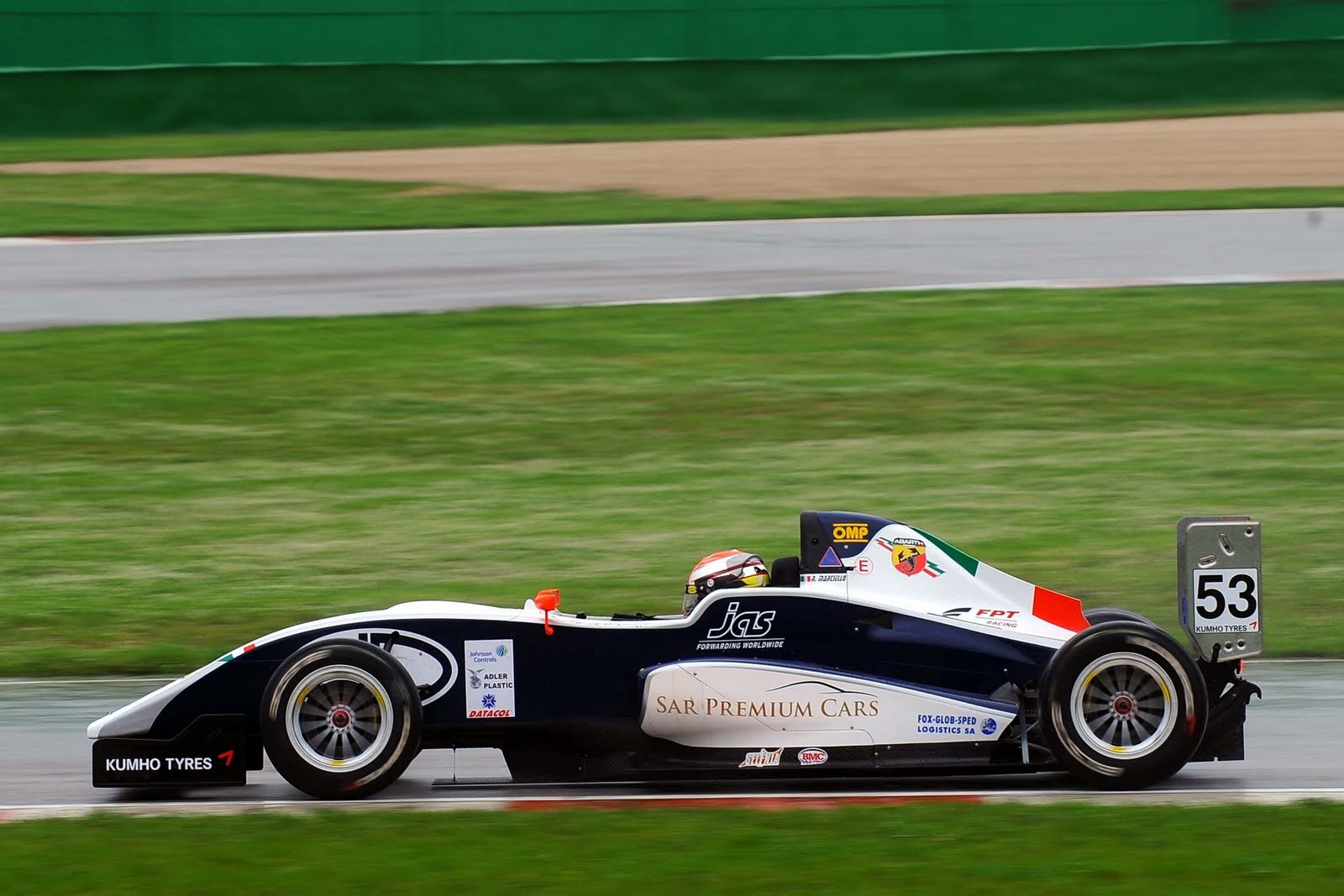
Where Sainz and Kvyat had failed, their former karting rival Marciello succeeded later the same month in his native Italy with the support of the newly-expanded Ferrari Driver Academy. Just like Vidales, Marciello started his car racing career with JD Motorsport, in this case in the new Formula Abarth series.
In a wet qualifying session at Misano, 15-year-old Marciello had been beaten to pole position by Kevin Gilardoni by over two seconds, but in the race, he reeled in his rival and stole the win away on the very last lap. The pair were 25 seconds clear of the driver in third. Third in race two, Marciello would win just once more all season and finished third in the standings, while fellow FDA recruit Brandon Maisano – two years older – took the title.
Marciello’s single win was bettered by Alessio Rovera’s debut double in 2013 en route to the title, but the series was by then a shadow of its former self with Formula 4 on the horizon.
Matheo Tuscher
Formula Pilota China 2011 (Guangdong)
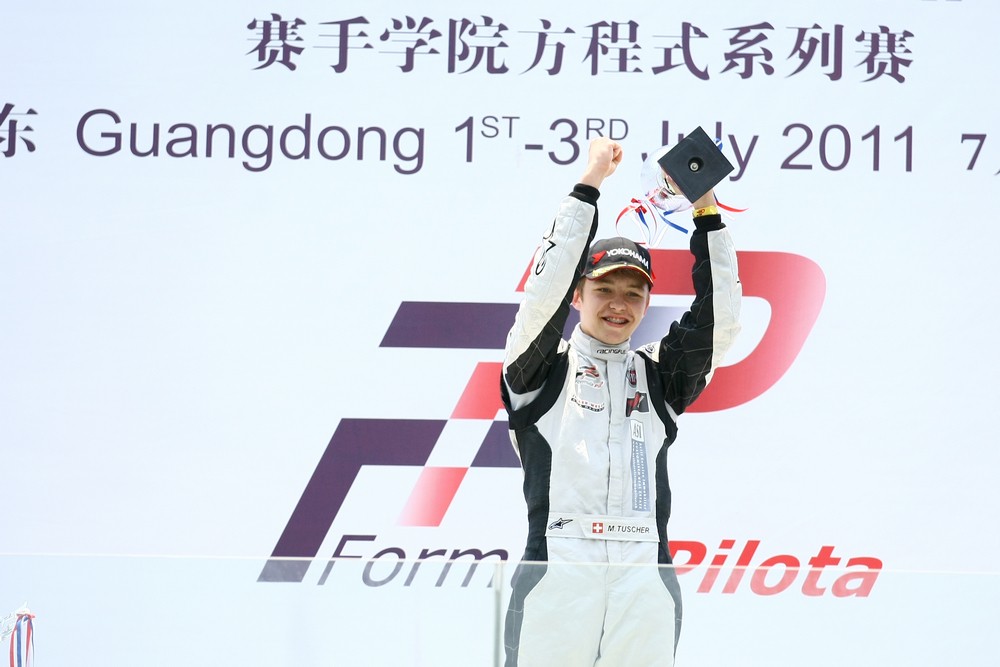
A year after its introduction in Italy, a Formula Abarth series was created for Asia and Swiss driver Tuscher dominated it aged just 14. His competition over the season wasn’t the strongest – runner-up Luis Sa Silva had plenty of prior experience in Asian Formula Renault, but would struggle when he later headed to Europe.
But on his debut weekend in a single-seater at Guandong in July, Tuscher had to see off some serious opposition to win both races: Future DTM ace Lucas Auer had already made a winning start in the rival FBMW-based JK Racing Asia Series, and Jenzer Motorsport team-mate Robert Visoiu was already a race-winner in the Italian Abarth series.
But Tuscher won both races, leading home Visoiu in race one and Auer in race two. He won six of the subsequent 10 races on his way to the title, and then turned up in Jonathan Palmer’s Formula Two in 2012 and claimed pole on his Silverstone debut, eventually finishing second in the standings. After stints in GP3 with Jenzer and Rebellion’s LMP1 squad, he hasn’t raced since celebrating his 20th birthday at the end of 2016.
Anthoine Hubert
French Formula 4 2013 (Le Mans)

Debut winners are more common in French F4 than in rival series within Europe, with the FFSA Academy welcoming a largely new crop of drivers each season. Last year, Hadrien David won twice at the first round – though not before he’d taken three wins from four races on his actual single-seater debut in the South East Asia F4 series. Six years earlier, Hubert had similarly lived up to his billing as pre-season favourite after the karting career in which he’d been a close rival of Charles Leclerc.
With the first round taking place at the championship’s home circuit Le Mans, and most drivers therefore knowing the track relatively well, Hubert was actually beaten in qualifying by Russian driver Kirill Karpov. On second-fastest times he still lined up on pole for the first race and finished seven seconds up the road from Karpov. He went from 10th to fifth in the reversed-grid race two, then triumphed again in race three ahead of Jules Gounon – who would become his closest rival. But Hubert followed Le Mans with another double win in Pau and a stunning hat-trick at Spa-Francorchamps and won the title convincingly.
Giuliano Alesi
French Formula 4 2015 (Ledenon)

Photo: KSP – Guillaume Veuve
With only a modest karting record to his name, Alesi’s double win on debut in French F4 was rather more surprising than Hubert’s – and it still is looking back on it today. But the statistics were even more impressive, beginning with Alesi topping qualifying before winning the first race by a margin of five seconds ahead of eventual champion and talented second-year driver Valentin Moineault. As well as father Jean, Alesi was congratulated afterwards by Alain Prost, who handed him his winning trophy on the podium. Contact at the start forced him to retire from race two, but he won from the front again in race three, this time in a red-flagged wet race.
The wins would prove a false dawn for Alesi, who scored just one further victory all year and finished fourth in the standings – results that didn’t exactly justify the leap up he made to GP3 for 2016. The season’s stand-out rookie would instead be the driver who won that second race at Ledenon, a relatively unknown Sacha Fenestraz.
Lando Norris
MSA Formula 2015 (Brands Hatch)

Photo: Jakob Ebrey Photography
As the world karting champion, Norris’s single-seater debut in the first ever MSA Formula (later British F4) event was highly anticipated. With the benefit of a comprehensive testing programme in both Formula Renaults and Carlin’s new Mygale F4 car, the 15-year-old lived up to expectation with two victories at Brands Hatch. In qualifying though, he was upstaged by relatively unheralded JTR driver Dan Baybutt, who was a whole three tenths of a second quicker around the short Indy layout in damp conditions.
Normal order was restored in the race, with Norris grabbing the lead at the start and then resisting mid-race pressure from Matheus Leist, who ultimately lost second to another single-seater debutant Dan Ticktum. While Ticktum charged from seventh to second in race two, Norris actually slipped from eighth to ninth – quiet reversed-grid encounters would become a feature of his run to the title as he saved new tyres for the other races. In race three, he lost the lead at the start to James Pull, but regained it to take his second win.
Thereafter, Norris’s run to the title was almost a little underwhelming relative to the hype – and factoring in his circuit knowledge from Ginetta Juniors – but it didn’t him take long to disprove any doubts.
Francesco Pizzi
Formula 4 UAE 2020 (Dubai)

Over the years, ‘winter’ series have been a popular place for drivers to make their first race starts in single-seaters, whether it’s a cold and wet November day at Snetterton or in warmer climes. Today, series like F4 UAE give drivers the chance to get a proper championship title under their belt – a chance taken in full by Pizzi at the start of this year. The grid for the opening round in Dubai in January might not have included many star names, but some drivers did have prior F4 experience and so Pizzi’s hat-trick with Xcel Motorsport was impressive.
None of his wins actually come from pole position, as he was beaten by Hamda Al Qubaisi in qualifying, and he twice inherited leads after mistakes or contact for others. But even the unforseen cancellation of race four due to rain didn’t wipe the shine off his debut, and he continued to prove himself on the way to the title.
Pizzi’s performances convinced Van Amersfoort Racing to sign him for Italian F4, and he will start among the favourites when the season finally begins at Misano this weekend. But look out for another young Italian potentially winning on his single-seater debut, with karting hotshot Gabriele Mini one of four car racing newcomers fielded by Prema.
Legends who won first time out

By Elliot Wood
Single-seaters wasn’t most drivers’ entry into car racing until the creation of Formula Ford, a deliberately affordable formula that could be repeated across the globe, which meant a lot of drivers before 1968 had experience in sports or touring cars before trying out open-wheel racing.
There were some pretty high-profile examples, with 1961 Formula 1 world champion Phill Hill counting a lapped seventh place in the 1958 French Grand Prix as his single-seater debut. Two years prior, Innes Ireland had got the call up from Team Lotus to race in the Dutch GP and the sportscar star finished fourth.
It was a similar story in America, where the drag and midget racing scene was highly competitive and the very best of those drivers would then move straight into IndyCar. Pat Flaherty and Rodger Ward, who both won the Indianapolis 500 when it was part of the F1 calendar, claimed top 10 finishes on their single-seater debuts in IndyCar.
There were some exceptions to this trend, most notably British racing knights Stirling Moss and Jackie Stewart. Moss (pictured above) entered two hillclimbs in 1948 before winning his heat and the final in the 500cc Formula 3 round at the Brough airfield circuit. Stewart matched that feat in a BARC British F3 race at Snetterton in 1964.
Perhaps more impressive than them was Emerson Fittipaldi, who won his first Formula Vee race in Brazil in one of his family’s Fittipaldi chassis. The Fittipaldi clan’s feats inspired later generations of talent in the country, and Rubens Barrichello became a star to watch after winning the 1989 Brazilian FFord season opener.
In Canada there were similar parallels, with Gilles Villeneuve wiping the floor in his rookie Quebec FFord season in 1973 and then Paul Tracy doing the same in the national championship in 1985.
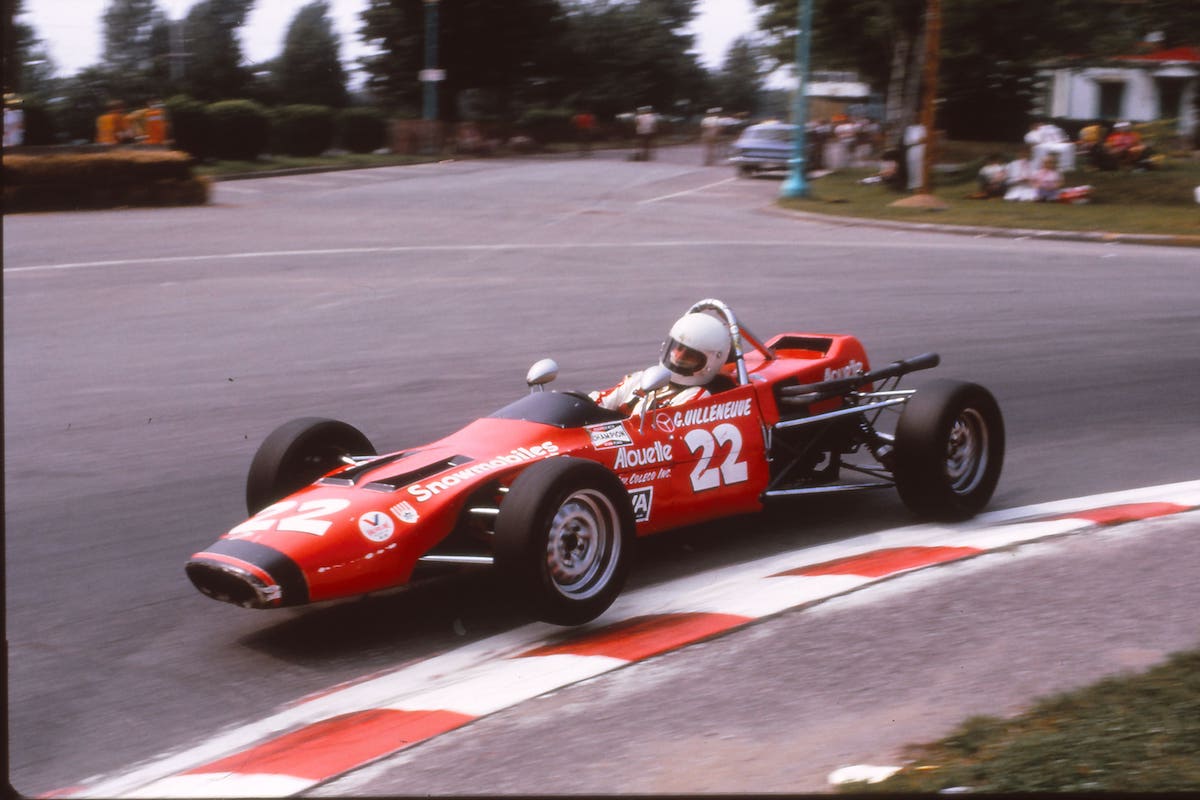
The final year of the 20th century provided two drivers who were almost immediately courted by F1.
Spanish karting star Fernando Alonso, who like Vidales now was 18 at the time, chose the Euro Open by Nissan series for his debut season in single-seaters. The series would later be known as FR3.5 and Formula V8 3.5, and Alonso’s arrival in the then-Nissan-powered category certainly raised its profile.
The first round of the season was at Albacete in Spain, the location of the test that earned Alonso a seat with Campos Racing (which has a watchful eye on Vidales now). He was beaten to pole for his first ever race by just 0.046 seconds, and while he didn’t complete that race, he responded later that day with a dominant 10.556s success from fourth on the grid. Five more wins that season earned him the title, and he was racing in F1 by 2001.
Anthony Davidson had a longer route to the pinnacle of single-seaters, but was just as impactful. The Briton started his career off in FFord and won his first six races from pole. Class victory in his first FFord Festival appearance was followed by overall victory in his second, and he was soon signed by British American Racing.
He was placed in various F1 test and development roles with the team – as well as being loaned to Minardi for two F1 races in 2002 – through to its Honda take-over in 2006. The next year, he was finally given a full-time race seat in Honda’s B team Super Aguri, but after 21 races and no points, the operation folded and Davidson returned to test and simulator duties as well as embarking on a successful sportscar career. His first F1 chance came at the expense of Justin Wilson, who also won on his single-seater debut in the Formula Vauxhall Junior Winter Series in 1994.